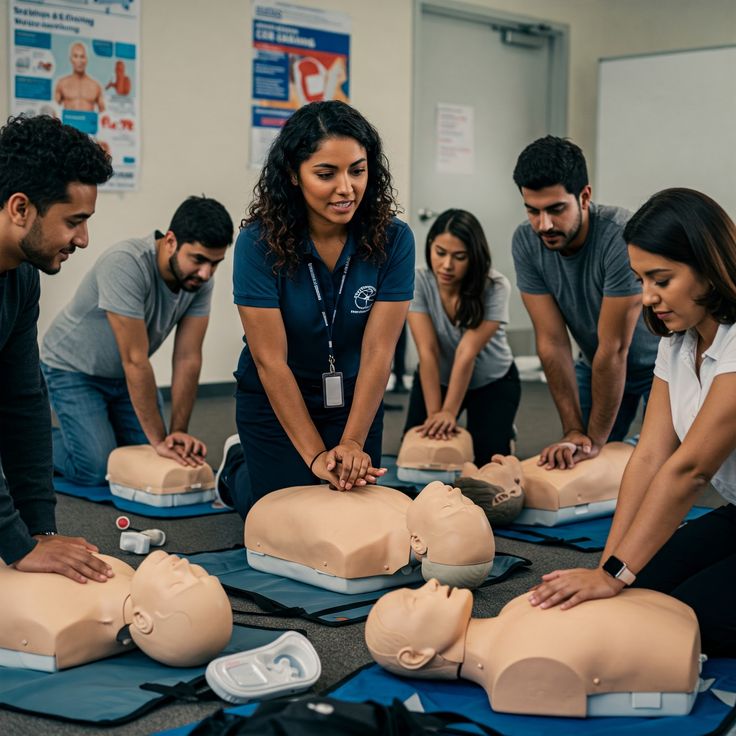Imagine a life-or-death emergency: two trained rescuers are delivering chest compressions and rescue breaths in sync, working together to keep someone alive until help arrives. In such intense moments, coordination and timing are everything—including knowing exactly when should rescuers switch positions during CPR.
In fact, failing to switch positions properly can lead to ineffective compressions, fatigue, and even reduced chances of survival for the victim. Let’s explore why switching is critical, when it should happen, and how trained responders can do it efficiently.
Why Rescuer Rotation Matters
High-quality chest compressions are physically demanding. Even highly trained professionals can become fatigued after just a minute or two, which leads to a drop in compression depth and rate—two factors that directly affect a patient’s outcome during cardiac arrest.
Here’s why switching positions is essential:
- Prevents rescuer fatigue
- Maintains consistent compression quality
- Reduces error and distraction
- Ensures optimal patient care
When Should Rescuers Switch Positions During CPR?
According to CPR guidelines from organizations like the American Heart Association (AHA), rescuers should switch positions:
- Every 2 minutes of continuous CPR
- After approximately 5 cycles of 30 compressions and 2 breaths
- As quickly as possible, ideally under 5 seconds, to minimize interruption
This allows the next rescuer to begin with full strength while the other takes over ventilations or prepares for the next switch.
How to Switch Without Interrupting CPR
Smooth transitions between rescuers are key to minimizing interruptions. These tips help keep CPR flowing seamlessly:
- Plan the switch ahead of time: Before starting, decide who goes first and how the transition will happen.
- Use countdown cues: Signal the upcoming change at the end of the fifth cycle.
- Rotate clockwise: Agree on a physical direction for movement to avoid confusion.
- Practice switching during training: Simulation builds muscle memory.
Real-Life Scenario: Two Rescuers, One Mission
Let’s say two coworkers witness someone collapse at the office. Rescuer A starts compressions while Rescuer B provides rescue breaths. After 2 minutes, Rescuer B takes over compressions without delay, while Rescuer A steps back to provide breaths. By alternating efficiently every two minutes, they prevent exhaustion, keeping CPR effective until EMS arrives.
Don’t Let Fatigue Compromise a Life
It may be tempting to “push through” fatigue during CPR, but tired rescuers risk shallow compressions, incorrect hand placement, or breaking rhythm. Switching isn’t a luxury—it’s a life-saving protocol.
Quick summary:
✔ Switch every 2 minutes
✔ Do it quickly (under 5 seconds)
✔ Practice transitions during CPR training
✔ Communicate clearly with your partner
Final Thoughts
When it comes to CPR, teamwork can make the difference between life and death. Knowing exactly when should rescuers switch positions during CPR is just as important as knowing how to do chest compressions in the first place. Practicing this critical transition can ensure high-quality care when it matters most.
To learn more about CPR protocols and get certified from the comfort of your home, visit Simple CPR—a trusted provider of fast, convenient, and nationally recognized CPR training.


